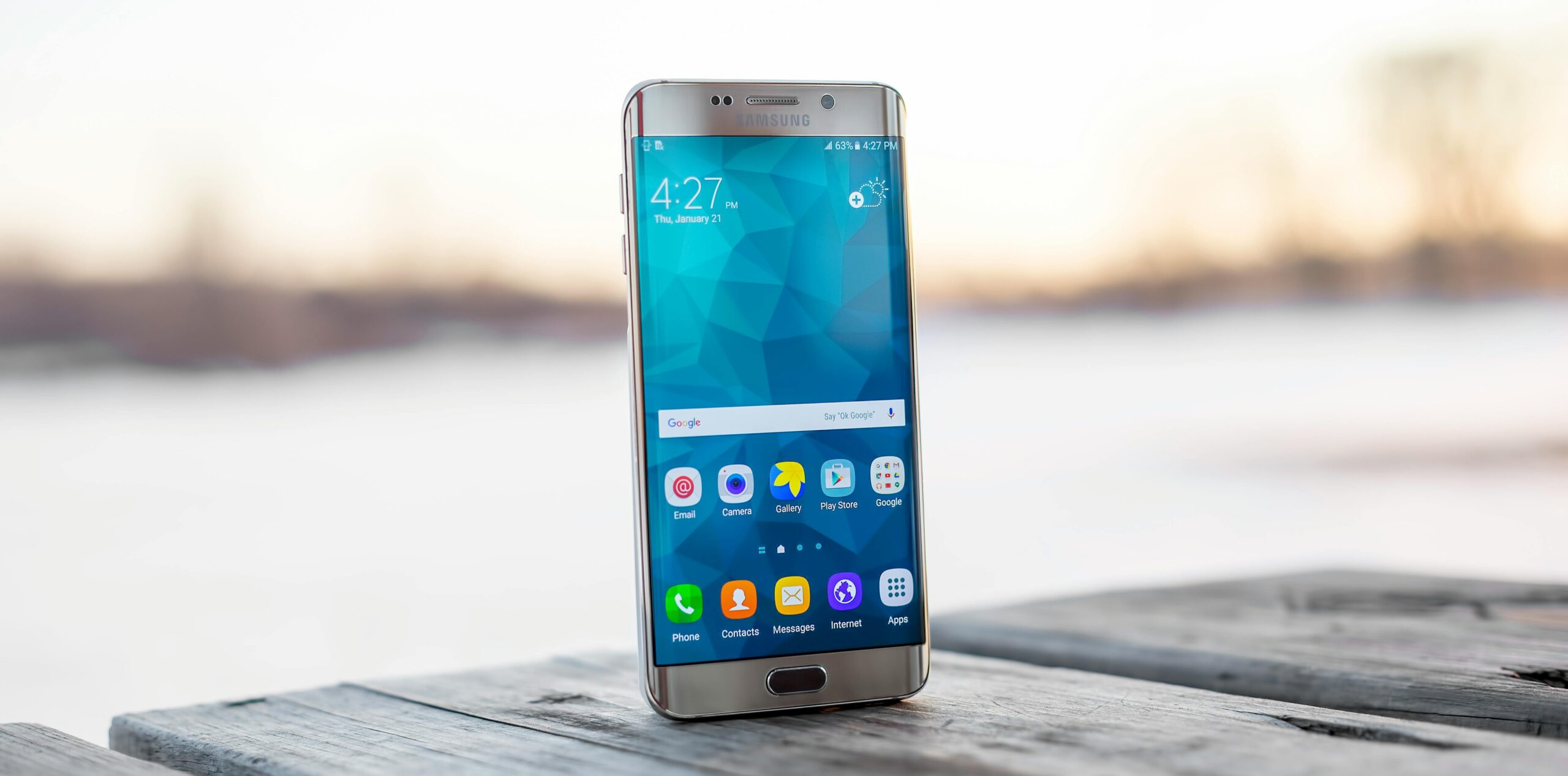Introduction:
Mobile phones have become an integral part of our daily lives, and it’s essential to use them safely to avoid potential risks and hazards. With the constant evolution of technology, mobile phones have become more powerful, and their usage has increased significantly. However, this increased usage also brings new challenges, such as privacy concerns, cyber threats, and physical hazards. In this article, we will explore the best practices for using your mobile phone safely and responsibly.
Physical Safety
1.1. Handling and Storage
- Handle your phone with care to avoid dropping it, as this can cause physical damage and potentially harm others.
- Store your phone in a safe place, such as a phone case or pocket, to prevent scratches and damage.
- Avoid placing your phone near water or in extreme temperatures.
1.2 Charging and Battery Safety
- Use the original charger and cable to avoid overheating and electrical shock.
- Avoid overcharging your phone, as this can reduce battery life and cause damage.
- Keep your phone away from children and pets to prevent accidental swallowing of small parts.
Privacy and Security
2.1. Passwords and Locks
- Set a strong password or PIN to lock your phone and protect your personal data.
- To improve security, utilise two-factor authentication (2FA) whenever it is practical.
- Enable biometric authentication, such as fingerprint or facial recognition, for added convenience and security.
App Safety
- Install software from reputable stores like Google Play or the App Store.
- Before installing, check the permissions and read app reviews.
- Keep your apps up-to-date to ensure the latest security patches and features.
Online Safety
- Use caution while entering personal information online or clicking on links.
- When utilising public Wi-Fi, encrypt your internet connection with a virtual private network (VPN).
- Enable privacy settings on your phone and apps to control data collection and sharing.
Health and Wellness
3.1. Screen Time and Eye Care
- Set screen time limits and schedules to maintain a healthy balance.
- Adjust your phone’s display settings to reduce blue light emission and eye strain.
- Observe the 20-20-20 rule: take a 20-second break from your screen every 20 minutes to concentrate on something 20 feet away.
3.2. Hearing and Audio Safety
- Keep your phone volume at a reasonable level to avoid hearing damage.
- Use noise-cancelling headphones or earbuds to reduce ambient noise and protect your hearing.
- Take regular breaks from listening to audio to give your ears a rest.
3.3. Mental Health and Digital Wellbeing
- Set boundaries and prioritize face-to-face interactions to maintain social connections.
- Use apps and tools to track and manage your screen time and digital habits.
- Practice mindfulness and take breaks from your phone to reduce stress and anxiety. Environmental Impact
4.1. E-Waste and Recycling
- Recycle your old phone and accessories responsibly to reduce electronic waste.
- Consider buying refurbished or second-hand phones to reduce demand for new devices.
- Give your support to businesses who put an emphasis on eco-friendliness and sustainability in their operations and goods.
4.2. Energy Efficiency
- Turn off your phone or put it in power-saving mode when not in use.
- Adjust your phone’s settings to reduce energy consumption and extend battery life.
- Consider using a phone with energy-efficient features and sustainable materials.
Conclusion:
Using your mobile phone safely requires a combination of physical safety, privacy and security, health and wellness, and environmental awareness. By following these guidelines and being mindful of your phone usage, you can enjoy the benefits of mobile technology while minimizing the risks. Remember to always prioritize safety and responsibility when using your mobile phone.
Additional Tips:
- Regularly update your phone’s operating system and apps to ensure the latest security patches and features.
- Use a phone case or screen protector to protect your phone from scratches and damage.
- Consider using a phone with a headphone jack to reduce the risk of electrical shock or damage.
- Encourage groups and projects that advance internet safety and digital knowledge.
